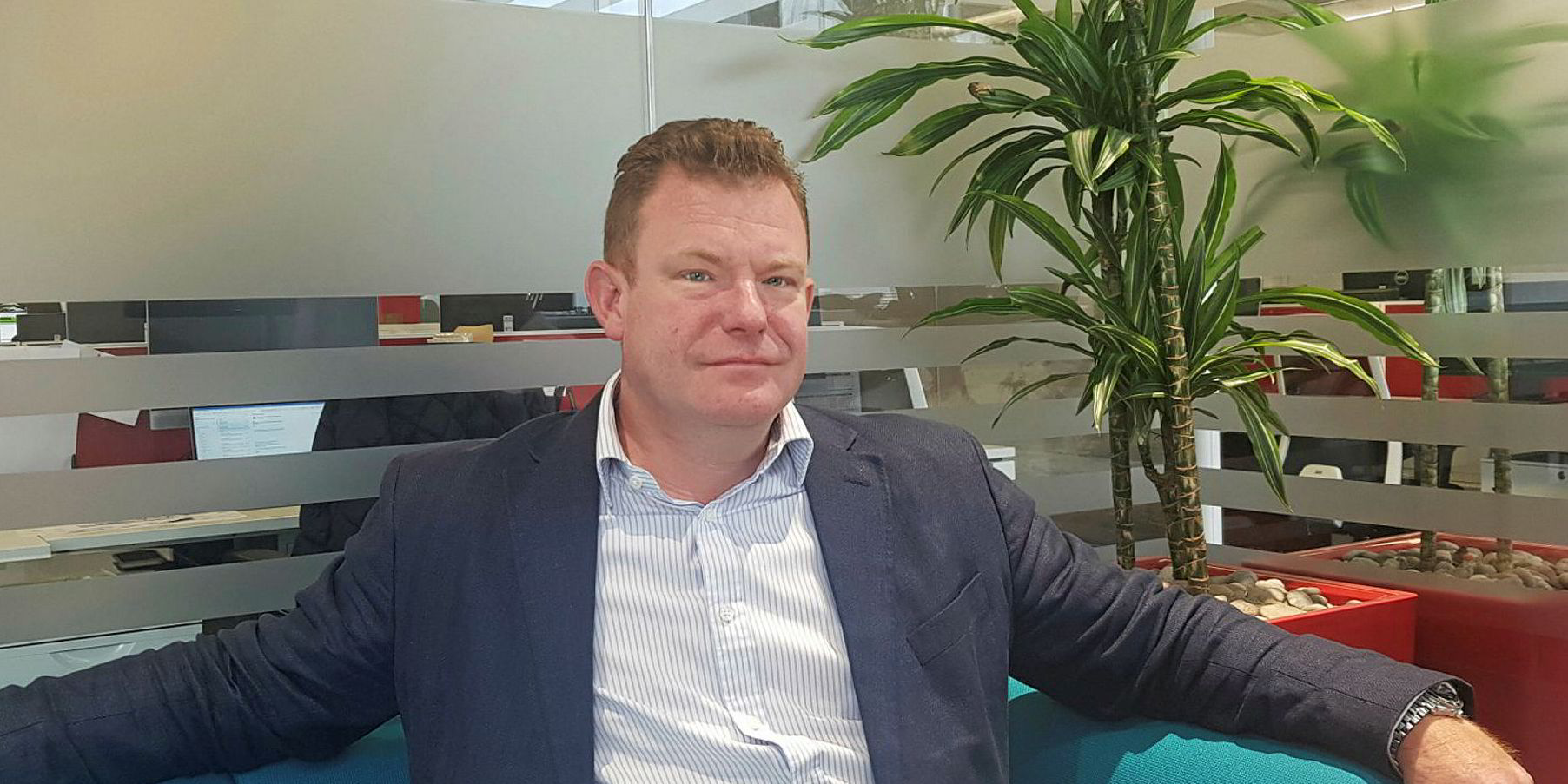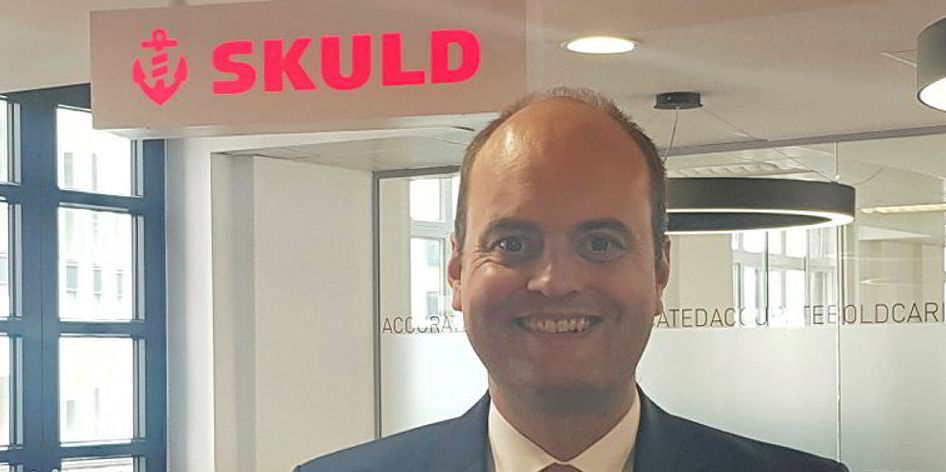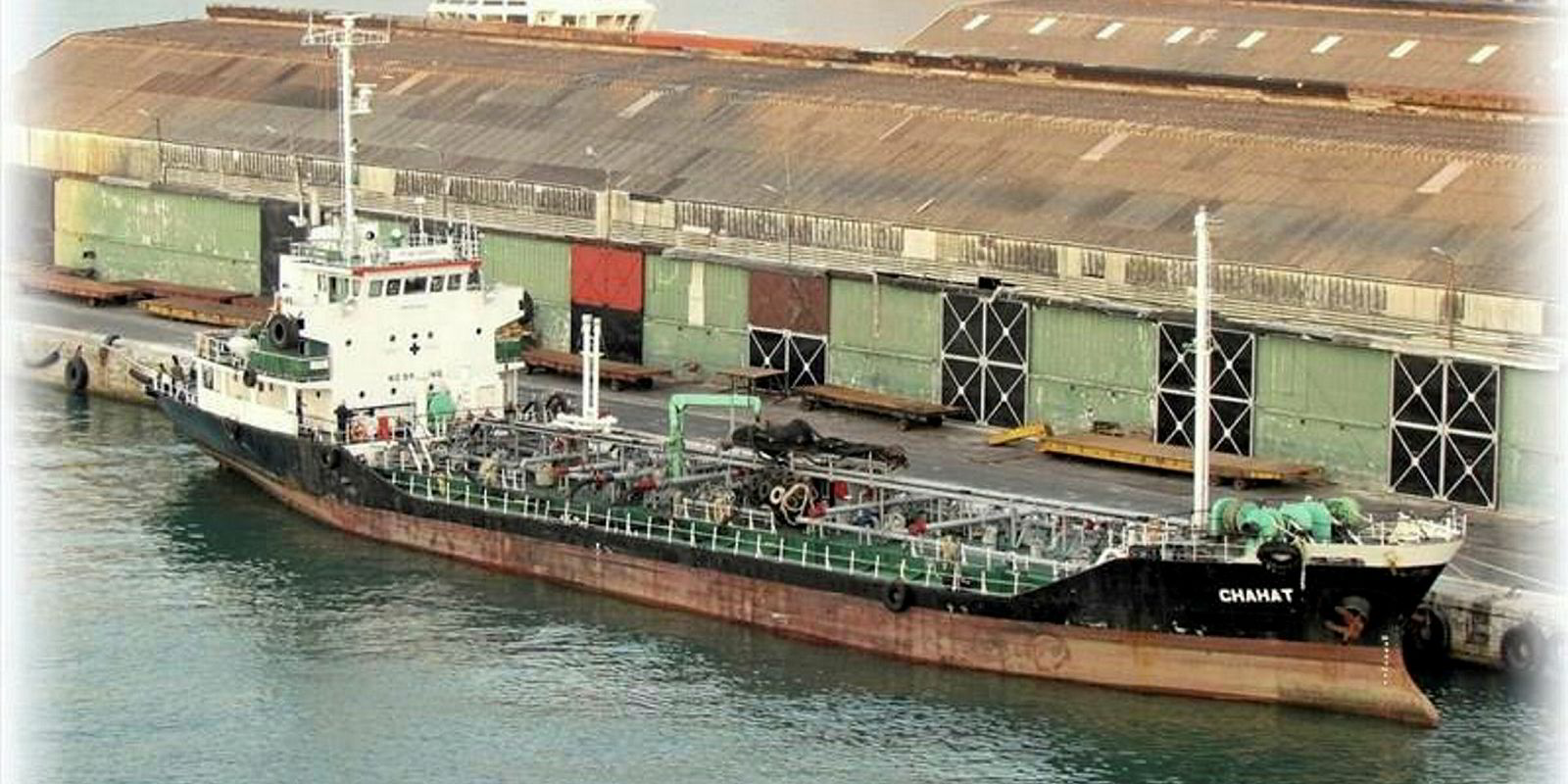When it comes to selling the latest big data digital technology to the marine insurance industry, Andrew Yeoman, chief executive at insurtech company Concirrus, likes to split potential clients into three types “digital believers, pragmatists and cynics”.
As an indication of how much progress the company has made in selling its predictive risk product “Quest Marine”, Yeoman says he has already sold to the “digital believers”.
He is now trying to convince the pragmatists, who are attracted by the potential, but need to see the hard evidence.
Bottom line
What all potential buyers want are insurtech products that will help them understand and rate risk better — and, ultimately, improve the bottom line.
Yeoman says the evidence to date indicates the new technology works.
“We have been able to show that there is an available improvement in loss ratio of up to 25%,” Yeoman says. “Will they all get it? Absolutely not. But we can help them to identify trends and patterns in their portfolio.
"What we see in our product are tools that allow underwriters to make decisions with [a] speed and accuracy that they have never had before.”
Concirrus has sold across the marine insurance sector to underwriters such as Chaucer, broker Marsh, reinsurer Willis Re and hull and protection and indemnity insurer Skuld.
Not only are more and more coming over to this type of insurtech but the technology itself is improving too.
“The progress we are making in being able to understand the risk is probably in excess of what any-one, including ourselves, could have imagined,” he says.
Technology will eventually distort the demand for shipping insurance and shipping will get safer. Anything that can be digitalised will be digitalised and anything that can be traded on an automated basis will be
Andrew Yeoman, CEO at Concirrus
Predictive model
Concirrus has developed what it claims to be the world’s first real-time, machine learning-based predictive model for pricing marine risk. It takes the traditional parameters for assessing risk and combines it with Concirrus’ own behavioural risk models and analysis. It also automatically updates its own settings based on “live” claims data.
“When we go head to head against the traditional model, we beat it every time,” Yeoman says.
Israeli outfit Windward is the other main insurtech firm to make progress in the marine sector.
Nick Maddalena heads the insurance side of the business for Windward and, like Concirrus, finds some sectors of the market are proving more difficult to crack than others.
Maddalena says the global market has been the most open to using insurtech, followed by the London company market, with Lloyd’s of London the most reluctant to adopt the technology. Maddalena says the mindset of some underwriters has not come around to adapting to an alternative way of assessing and pricing risk.
“The biggest single challenge isn’t the cost or willingness of management, it is adapting it to the workstream,” he says. “Historically the market has looked at claims history to predict loss going forward.”
“We look at ship behaviour and how that correlates with loss. We are trying to deliver that to a market that has always looked at it differently.”
But Maddalena believes taking on insurtech will be critical for companies that want to survive.

“The market needs to do something differently,” he says. “It can either withdraw capital or change their approach to risk in a way that will rationalise the business and make a profit.”
More recently, both companies have applied big data-driven behavioural analysis of shipping to identify vessels that might be at high risk of breaking international sanctions.
They have identified behavioural traits that indicate which ships might be involved in sanctions-busting trades. These might include factors such as frequent changes in ownership or flag, or prolonged periods without using AIS.
But where are all these developments taking the marine insurance markets?
Safer shipping
Yeoman says: “Technology will eventually distort the demand for shipping insurance and shipping will get safer.
“Anything that can be digitalised will be digitalised and anything that can be traded on an automated basis will be.”
He predicts that digitalisation will play such a big role that even connectivity itself will become insurable.
“From an insurance perspective, as technology gives us more information, it will also give rise to new insurance opportunities such as insuring against lack of connectivity,” he says.





